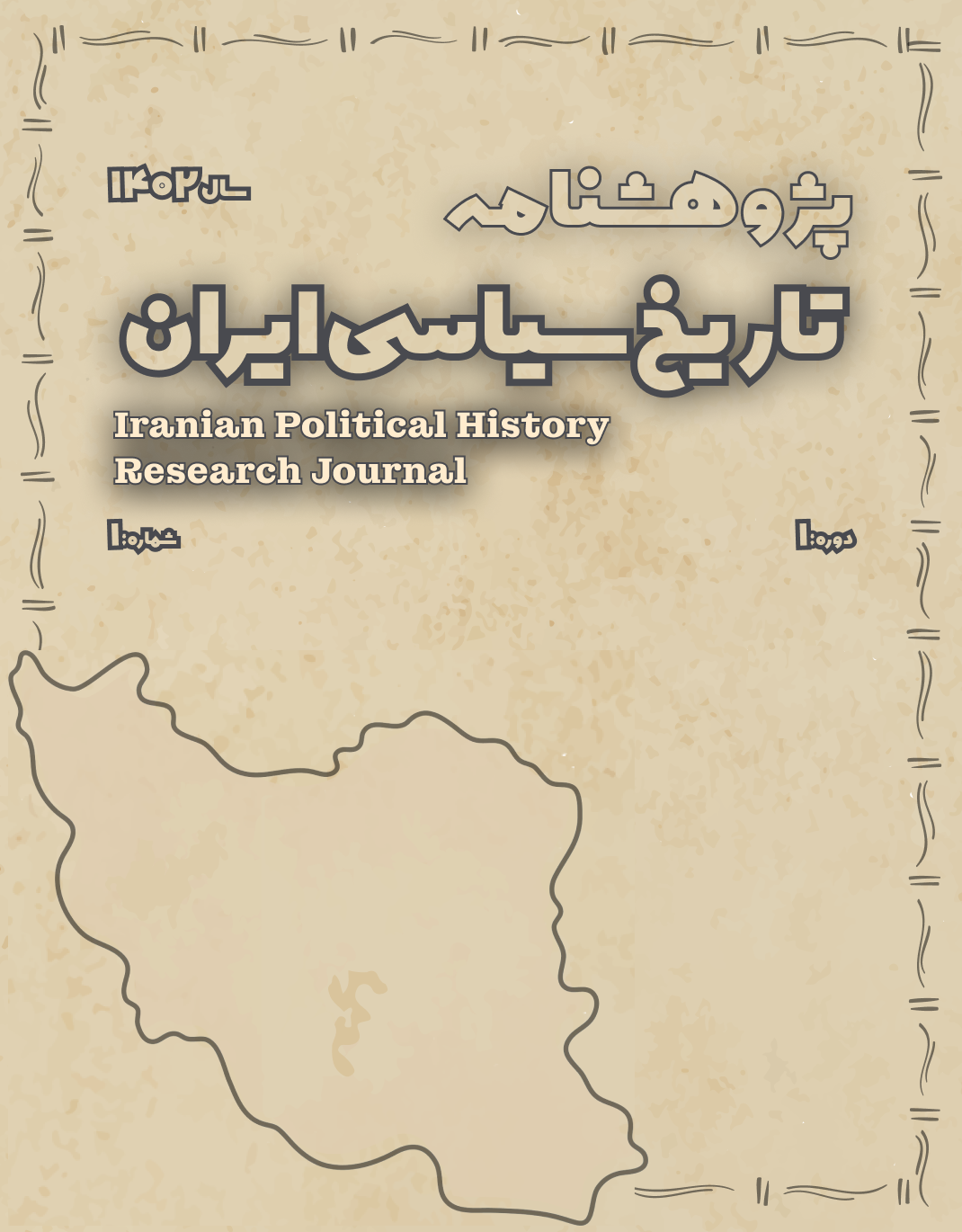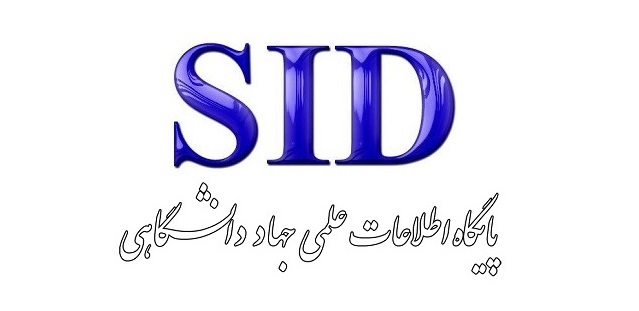The Role of the Shiite Clergy in Resisting Western-Oriented Policies during the Pahlavi Era
Keywords:
Shiite clergy, Westernization, religious discourse, Pahlavi, Islamic Revolution, cultural resistance, modernizationAbstract
The Shiite clergy in Iran played a fundamental role in resisting the Western-oriented modernization policies of the Pahlavi era. The Pahlavi regime, inspired by Western models of development, sought to reconstruct Iran’s cultural, legal, educational, and social foundations in a secular and Westernized framework. In response, the clergy, relying on their religious legitimacy, deep-rooted social ties, and discursive capabilities, emerged as a significant force of resistance. This study, using a descriptive-analytical method and based on a wide range of reliable sources, explores the strategies, functions, and outcomes of clerical resistance to Pahlavi reforms. The findings indicate that the clergy initially responded through theoretical and jurisprudential critique, followed by the mobilization of traditional religious tools such as sermons, fatwas, mosques, and seminaries, and eventually advanced to active political leadership through figures like Ayatollah Kashani, Ayatollah Boroujerdi, and Imam Khomeini. This resistance gradually evolved from a religious discourse to a revolutionary one, eventually undermining the legitimacy of the Pahlavi state and laying the foundations for the Islamic Revolution. The clergy’s role in this process is analyzed not merely as traditionalist opposition, but as a dynamic and constructive alternative to authoritarian modernity.
Downloads
References
Abrahamian, E. (2008). A History of Modern Iran. Cambridge University Press.
Afary, J. (2005). The Iranian Constitutional Revolution: Grassroots Democracy, Social Democracy, & the Origins of Feminism. Columbia University Press.
Al-e Ahmad, J. (1962). Gharbzadegi [Westoxification]. Tehran: Ravaq.
Ashraf, A. (1980). Historical Obstacles to the Development of a Bourgeoisie in Iran. Iranian Studies, 13(1/4), 23–56.
Chehabi, H. E. (2002). Iranian Politics and Religious Modernism: The Liberation Movement of Iran Under the Shah and Khomeini. Cornell University Press.
Grigor, T. (2009). Building Iran: Modernism, Architecture, and National Heritage under the Pahlavi Monarchs. Periscope Publishing.
Halm, H. (1997). Shi'ism. Edinburgh University Press.
Katouzian, H. (2009). The Persians: Ancient, Mediaeval and Modern Iran. Yale University Press.
Keddie, N. R. (2003). Modern Iran: Roots and Results of Revolution. Yale University Press.
Milani, A. (2011). The Shah. Palgrave Macmillan.
Paidar, P. (1995). Women and the Political Process in Twentieth-Century Iran. Cambridge University Press.
Rahnema, A. (1990). An Islamic Utopian









